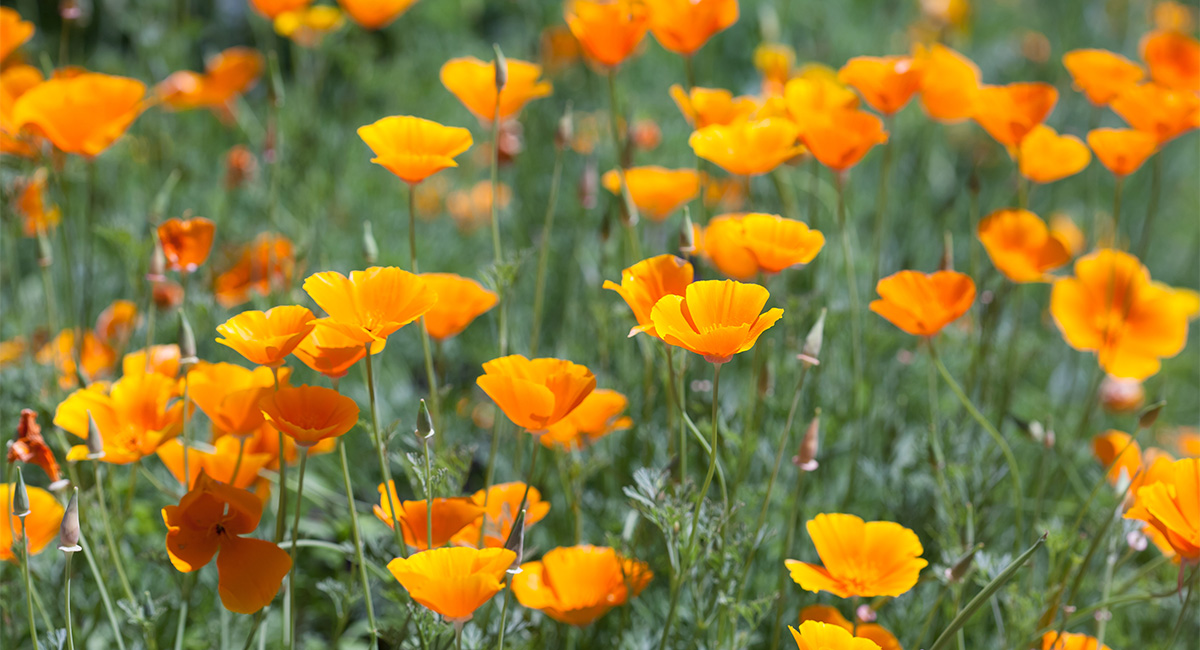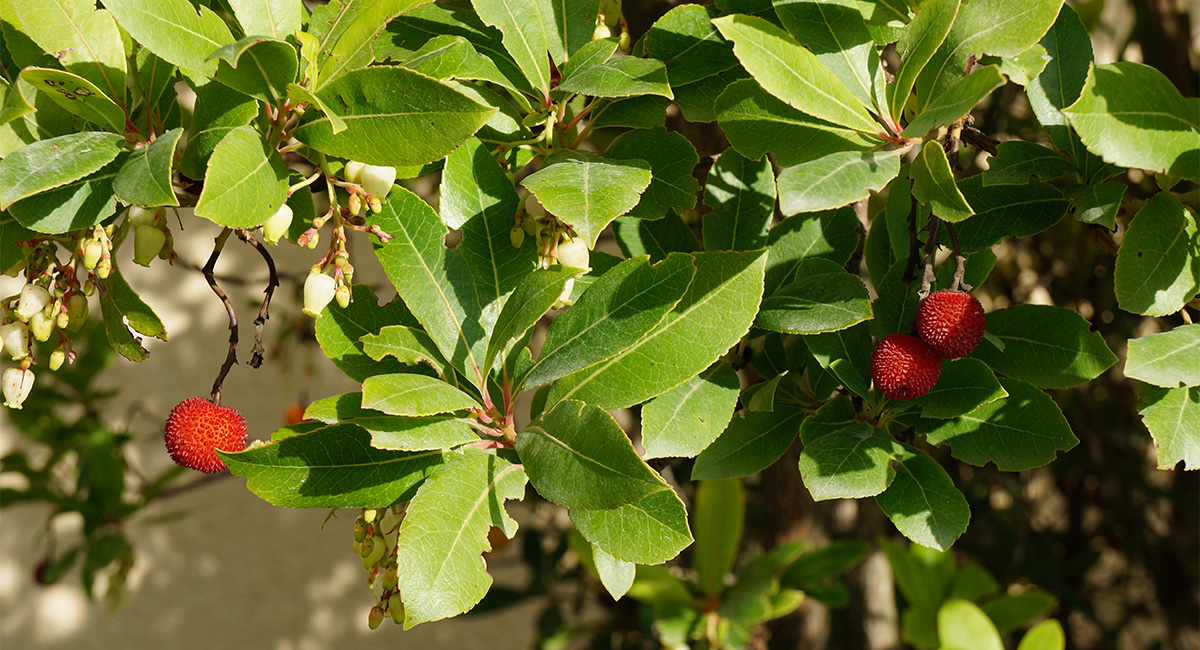



Cordilleras Mental Health Center EIR, Permitting, Monitoring
Being in nature can help calm anxiety, ease depression and promote well being. All the more reason for native landscaping to surround a mental health center.
The Cordilleras Mental Health Center (CMHC), built in 1952, was aging. Located on a 20-acre parcel next to the Pulgas Ridge Open Space Preserve, the outdated three-story building is being replaced with four smaller residential structures and a campus center building—bringing the facility up to current standards of care for people with serious mental illness.
A Biological Constraints Analysis helped the County design team with its initial feasibility study, along with special studies including a rare plant survey and wetland delineation. The EIR addresses potentially significant environmental effects including:
- Development footprint in riparian zone and creek drainages, impacts on oak woodland habitat, relocating San Francisco dusky-footed woodrat houses, and impacts on special-status species, nesting birds and roosting bats.
- Exacerbated risk of wildland fire.
- Exposure of on-site CMHC, Canyon Oaks Youth Facility, and County Fire Station residents and staff to construction air and noise emissions.
- Assessment of the CMHC building as a historical resource.
- Exposure of residents and staff to geologic hazards and construction-related soil disturbance.
- Presence of hazardous materials in building to be demolished.
- Alteration of drainage patterns and volumes, and impact on downstream creek flows and potential flooding.
MIG assisted the County with permits and approvals, interfacing with permitting agencies to create green design solutions for creek bank stabilization, identifying suitable offsite mitigation areas for impacted habitats, and preparing a cultural resources inventory to address compliance with the National Historic Preservation Act. MIG remained on site to perform biological and cultural resource monitoring during construction, and post-construction creek monitoring.
The predominantly native planting palette surrounds the buildings, and blends with the adjacent natural areas, providing the facility with a seamless sense of belonging to providing habitat and engaging residents’ senses of smell, touch, sight and taste—and aiding in the healing process. The palette in the central campus area blends with adjacent natural areas, providing a seamless sense of belonging to the whole rather than being set apart.
